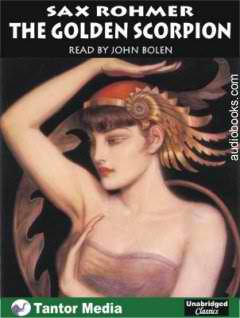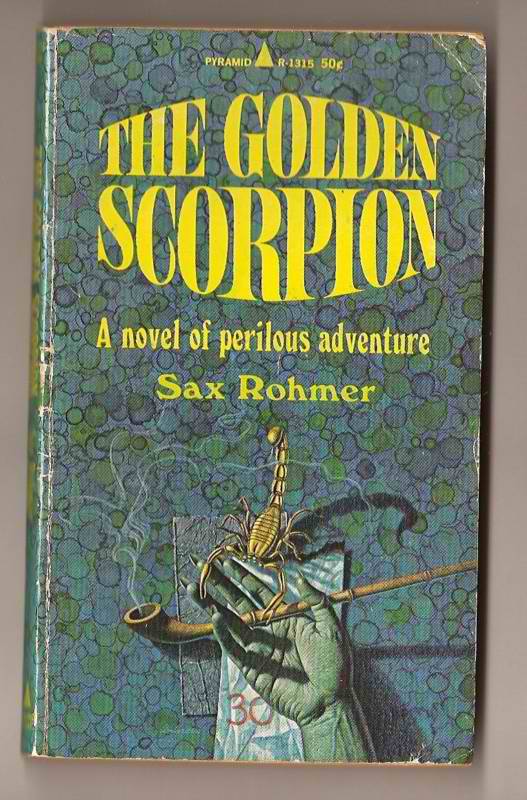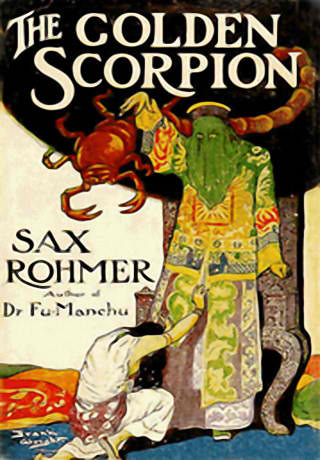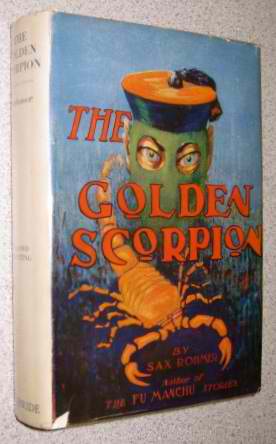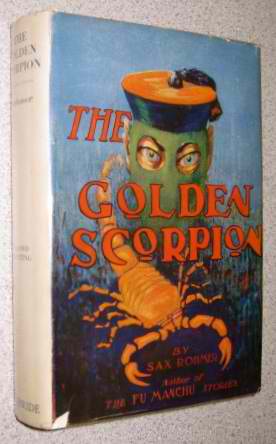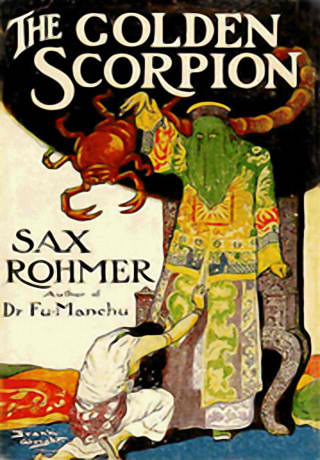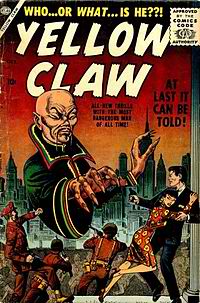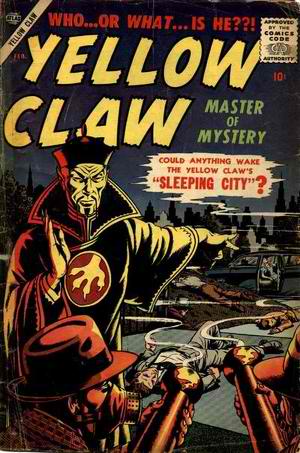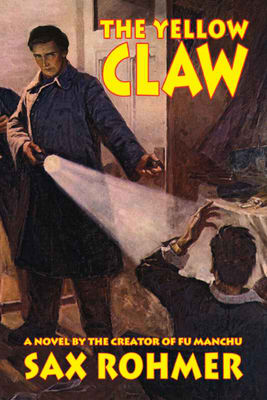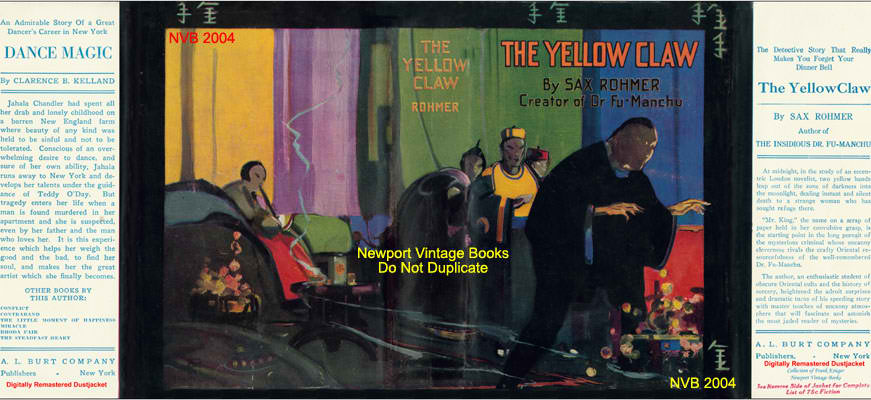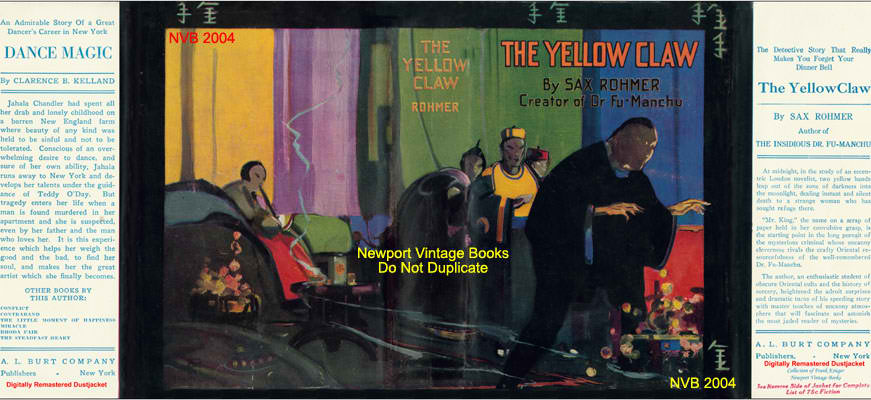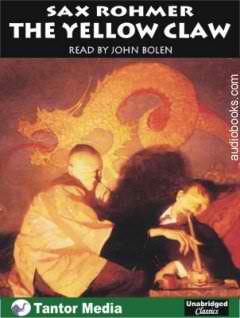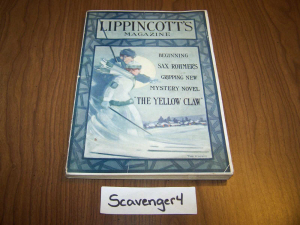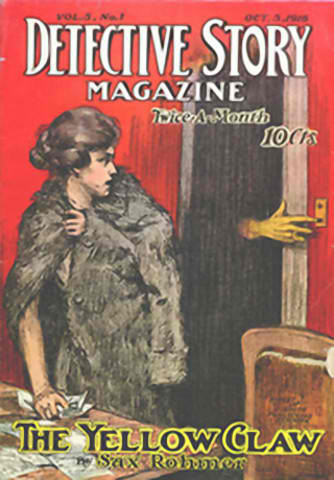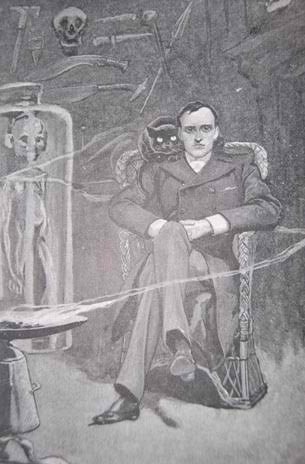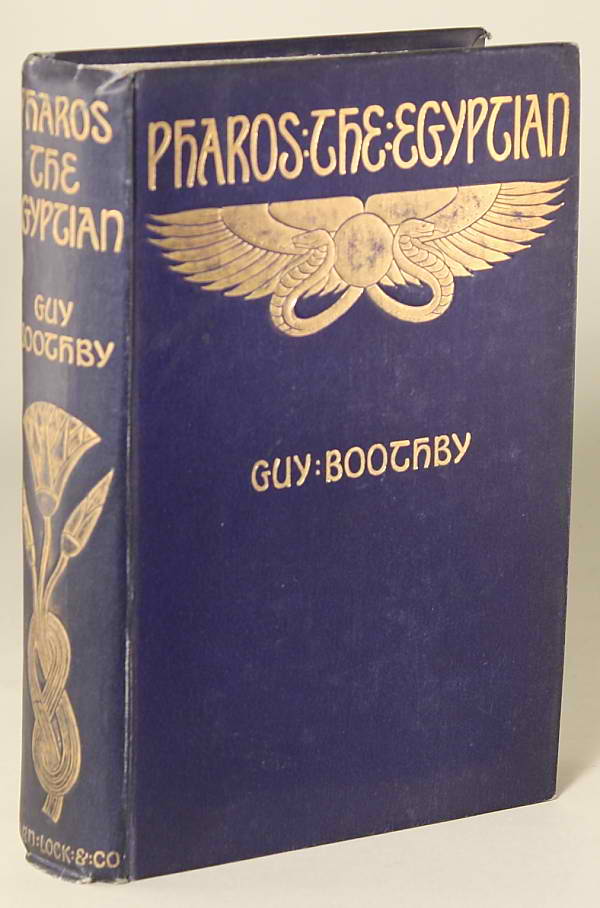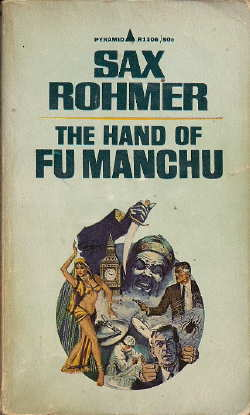Blogging Sax Rohmer’s The Golden Scorpion, Part Four – “The Lair of the Scorpion”
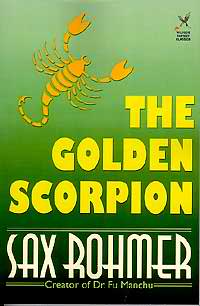
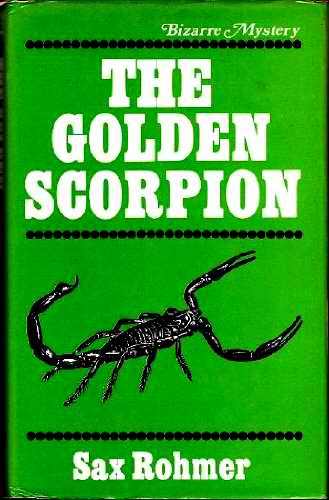 Sax Rohmer’s The Golden Scorpion was first printed in its entirety in The Illustrated London News Christmas Number in December 1918. It was published in book form in the UK the following year by Methuen and in the US in 1920 by McBride & Nast. Rohmer divided the novel into four sections. This week we shall examine the fourth part of the book, “The Lair of the Scorpion” which comprises the final seven chapters.
Sax Rohmer’s The Golden Scorpion was first printed in its entirety in The Illustrated London News Christmas Number in December 1918. It was published in book form in the UK the following year by Methuen and in the US in 1920 by McBride & Nast. Rohmer divided the novel into four sections. This week we shall examine the fourth part of the book, “The Lair of the Scorpion” which comprises the final seven chapters.
Rohmer gradually segued from following the model of his first Gaston Max mystery, The Yellow Claw (1915) in the first half of the book to more closely adhering to the blueprint provided by his Fu Manchu thrillers for the second half. Readers familiar with the Devil Doctor could not help to recognize this fact as the final part of the novel opens with Keppel Stuart recovering consciousness as a captive in Fo-Hi’s laboratory. Among the exotic Oriental furnishings are the familiar form of caged lizards and insects. Behind the advanced scientific apparatus stands the figure of the Scorpion himself. Fo-Hi at last takes center stage in the novel and there is no mistaking when he says he has tried to follow in the footsteps of the great scientist who preceded him in serving their organization’s mission in England. His speech and bearing instantly recall Dr. Fu Manchu.
